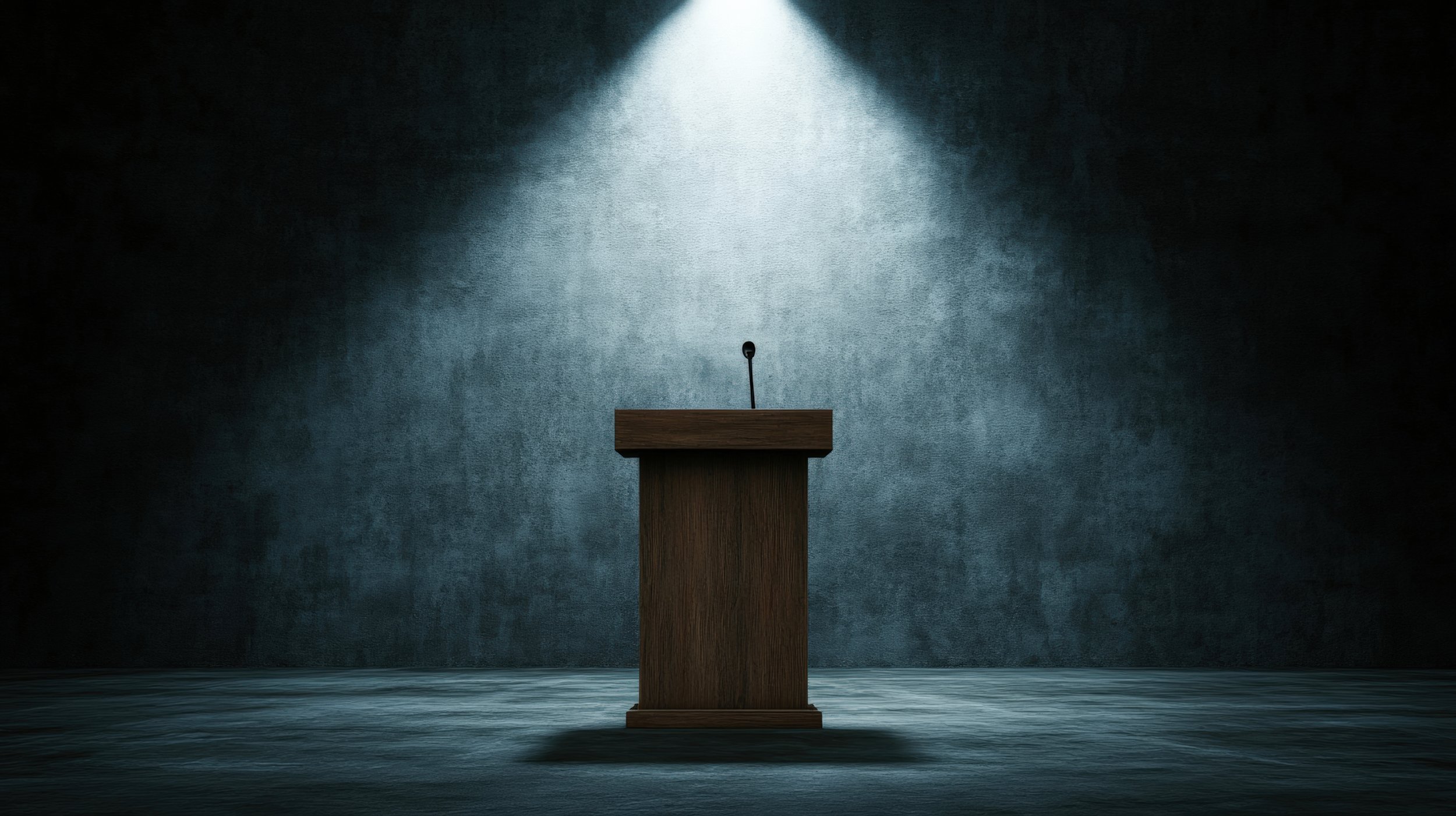
A tale of two AIs.
Stereotyping, polarizing, swastika-waving, hate-frothing; real fist-in-the-gut-from-your-black-shirted-former-friend kind of stuff. Talking, of course, about Grok, the Elon Musk-invented “chatbot uber alles,” launching a virulent antisemitic spew.

1. What if AI was less of an answer and more of a question?
1. What if AI was less of an answer and more of a question?

The Answer Engine Answer?
So, yeah, we’re all dialed into the fact that it’s always darkest just before the gloom; conditions where it’s well-nigh impossible to discern the nose on your face, much less the next step in the road.

Creative Matters.
This being the third week in June and, same as ever was, the Cannes advertising festival is sending too many of the wrong signals, in too many of the wrong ways, and to far too many.

Prompt and circumstances.
Prompt: what are the loudest sounds in the world?
AI answer: Tunguska Meteor (310 dB), Hunga Tonga-Hunga Ha’apai Eruption (150 dB), sperm whales (230 dB), rocket launch (180 dB), rock concert (up to 150 dB).


Strong brands:
Twist plots, shift narratives.
Withstand ambushes and assaults.
Dismiss distractions, cut through complexity.

Googley Eyes.
It might be laughably naïve, but waking up to a sparkling Memorial Day morning the thought bloomed that maybe, just maybe, this is the metaphor writ large.

Flush with success.
Sometimes I wonder if some flavors of advertising generally wind up as complete crap mostly because that’s what we expect.

Here’s a fun, maybe even slightly profound factoid:
Mark Carney, last week’s “who’da thunk” winner in the post-Trudeau Canadian face-off for prime minister, had exactly 5 more ticks on the campaign calendar than Harris had in her post-Biden presidential campaign.

Tatami wisdom.
In Walter Mosely's noirish Leonid McGill detective series, a 50-something ex-boxer-turned-gumshoe-cum-philosopher muses over what he calls an ancient Samurai expression about resilience:
Nana korobi ya oki. “Fall down seven times, get up eight.”

Not to change the subject, or anything.
But what say we talk a little about creativity, instead of the screwdrivers, pliers, wrenches, and AI paraphernalia that, in reality, are just means to the ends.
That is to say, tools.

Tariff Tsuris.
The hell with economic ditches dug out by erratic policy.
So, okay, there’s a temptation to talk about zigs, zags, and remote Pacific Islands with zero US trade facing a 10% tariff hit.

Go Canada.
Or maybe it's "go pound sand, US political ad geniuses," because our not-so-delighted neighbors to the north have just schooled us, big time, on how the doing should be done.
Talking here about the much-discussed:60 rink-side uplift of creativity and charm that features Mike Meyers in tandem with Mark Carney, the newly elevated Liberal PM (link at bottom).

Beyond Clarity
Mike McCurry, an old friend who Wiki reports as Bill Clinton’s former press secretary — and history records as one of the best to ever hold down the podium — doesn’t call bullshit on me.
At least, not exactly.

The world’s first all-AI ad agency.
Thank you for calling OmnInterHavPubDentWellPP All-AIdvertising where our mantra is.
For faster service please visit our website and let Uranus, our agentic assistant, be your data-driven guide. No need to tell him what you want, he’ll tell you.

Clarity is Money.
A few weeks ago, I was gifted a copy of Princeton professor of moral philosophy Harry Frankfurt's eye-blinking book, "On Bullshit."
You read the title right. Copyright © 2005, Princeton University Press. ISBN 0-691—12294-6.
But what's so fascinating about this epic, if "epic" is the right word for a 67-page hardcover, sized somewhere between Mao's "Little Red Book" and a pocket prayer guide for the perpetually cynical, is what it doesn't cover.
If bullshit is the problem, what's the solution?

Do this or drown.
Okay, the original genius line was “Do This or Die, penned by Bob Levinson for DDB, circa 1960.
But, hell, times have changed. Right?

AI as a Service.
Sticking a finger in the increasingly roiled adland air — damn, I hate to see Leo Burnett rebranded as roadkill — it’s increasingly clear that a whole lot o’ folks are betting that AI as a Service is the future.

A Meta-Musing.
“Good morning, A.I., what do I call you?”
“Hello human wetware, you can call me Uncle Mort. I also answer to Morty, but only to my closest mishpocheh.”
